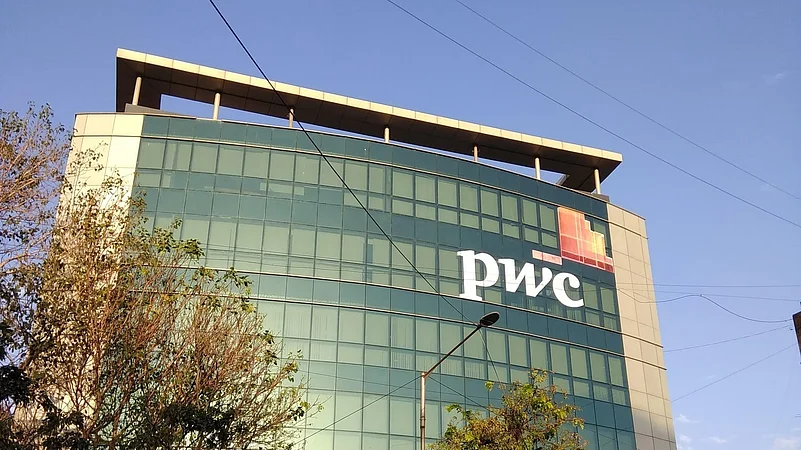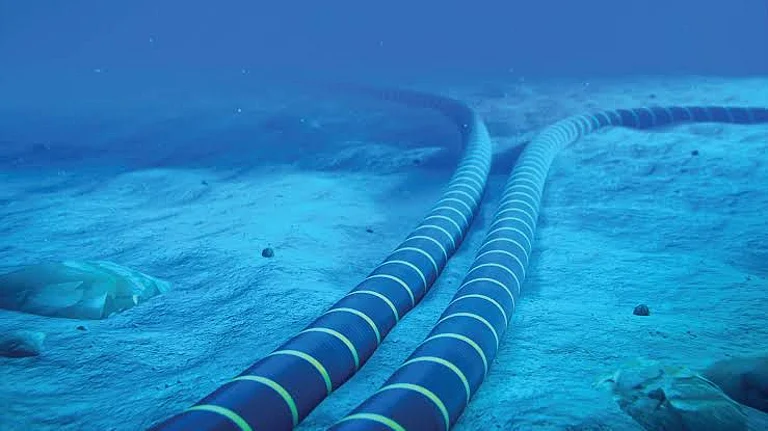
India’s soaring data consumption—nearly twice that of China—is outpacing its subsea cable infrastructure, with only 14 cables operational and 16 more planned.
Supporting infrastructure gaps—including repair ships and maintenance services—pose major risks, as outages could disrupt large-scale connectivity.
Global comparisons highlight India’s lag: the U.S. has 80+ transoceanic cables and Japan dominates in manufacturing, installation, and maintenance of subsea systems.
India’s data consumption is soaring, but the country continues to lag in subsea cable infrastructure and supporting services across the value chain, limiting its potential in this critical sector, said Vinish Bawa, Partner and Telecom Sector Leader at PwC India, during a media session on Wednesday.
“While our data consumption is massive, our subsea cable infrastructure is still limited. Currently, we have only about fourteen subsea cables landing in the country, even though 16 more are planned. These will come over time, but the pace is slow. And the bigger issue is the lack of supporting infrastructure and services around these cables,” he said.
According to the European Union’s JRC (Joint Research Centre), over 95% of international data traffic flows through subsea cables, not satellites.
Bawa also noted that India has a significant opportunity to build supporting infrastructure and services around subsea cables, an area that remains largely untapped.
“If there’s an outage in a subsea cable, today India has just two ships available to repair it. That’s clearly inadequate for a country consuming this scale of data. We need self-sufficiency in such services, otherwise a single disruption at sea can lead to large-scale outages, even with backups. This is one area where the government is now actively working to strengthen resilience,” he added.
Subsea cables form a critical backbone of today’s digital infrastructure, carrying the vast majority of global internet traffic. They enable faster communication across continents and are essential for supporting the rapid expansion of cloud services, data centres, and artificial intelligence applications.
He pointed out that Indians now consume nearly twice as much data as users in China, not just in major metros but increasingly in tier-2 and tier-3 cities.
“Growth is being fuelled by smaller towns, where per-capita data consumption has surged to around 35 GB per person per month, outpacing metro usage, driven by the rapid adoption of OTT platforms and digital services,’ he added.”
According to Market Growth Reports, the United States has more than 80 transoceanic cables, carrying nearly 40% of global internet traffic, while in Japan, almost 99% of international communication relies on subsea cables.
Japan also has firms like NEC, NTT, and KDDI who are global leaders in manufacturing, installation, and maintenance.
As per the PIB reports, this infrastructure faces increasing challenges due to environmental hazards, aging systems, and complex regulatory environments.
In 2023, over 200 submarine cable repairs were reported globally, highlighting the vulnerabilities of this critical infrastructure. Disruptions to submarine cable systems can have far-reaching consequences, including economic instability, security concerns, and internet access disruptions for millions of people.































